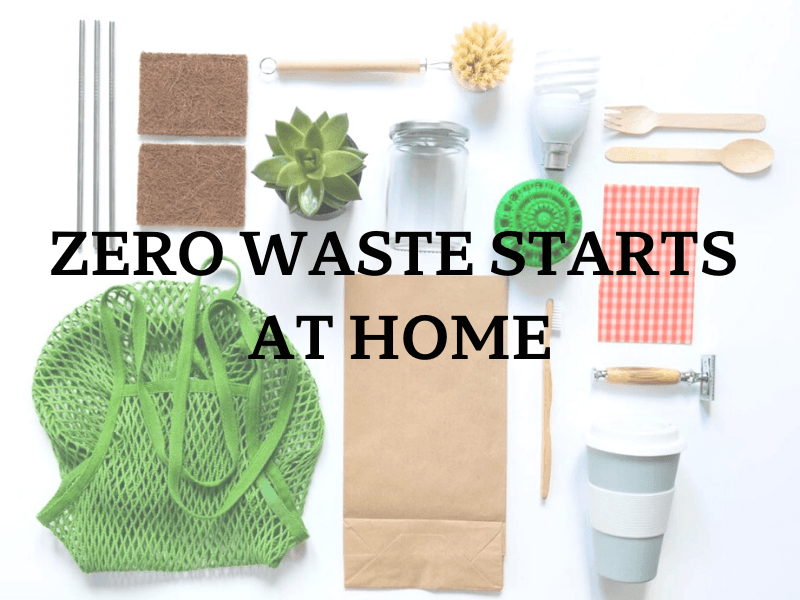

Living sustainably doesn’t have to be overwhelming or complicated. By making small, mindful changes in our daily routines and home organization, we can significantly reduce our environmental impact. Let’s learn more about this topic below with Dinosaur Game as we explore practical steps to create a low-waste home without the stress.
The journey to a low-waste lifestyle begins with understanding the fundamental principles of waste reduction. It’s not about achieving perfection overnight but rather making conscious decisions about our consumption habits. Start by observing your current waste patterns, identifying areas where you generate the most waste, and considering simple alternatives that can make a significant impact.
Many people mistakenly believe that living sustainably requires expensive eco-friendly products or complete lifestyle overhauls. However, the true essence of low-waste living lies in using what you already have, making thoughtful purchases, and finding creative ways to reduce consumption. This approach not only benefits the environment but also helps save money in the long run.
Read more: 10 Simple Swaps for a Greener Lifestyle
The kitchen is typically the largest source of household waste, making it the perfect place to begin your low-waste journey. Start by conducting a kitchen audit to identify items that frequently end up in the trash. Pay special attention to food packaging, single-use items, and food waste. Consider implementing a meal planning system to reduce food waste and save money on groceries.
Replace disposable items with reusable alternatives gradually. Invest in quality glass containers for food storage, cloth napkins instead of paper towels, and reusable produce bags for grocery shopping. Remember that these changes don’t need to happen all at once – phase out disposable items as they run out and replace them with sustainable alternatives.
Developing mindful shopping habits is crucial for maintaining a low-waste home. Before making any purchase, consider whether you truly need the item and if there are more sustainable alternatives available. Look for products with minimal packaging, or better yet, shop at bulk stores where you can bring your own containers.
Create a sustainable shopping kit that includes reusable bags, produce nets, glass jars, and containers. Keep this kit easily accessible, perhaps in your car or near your front door, so you’re always prepared for shopping trips. This simple preparation can significantly reduce the amount of packaging waste entering your home.
The bathroom is another area where small changes can make a big difference. Consider switching to package-free soap bars, bamboo toothbrushes, and refillable personal care products. Look for local refill stations for shampoo, conditioner, and other toiletries. These alternatives often last longer and create less waste than their conventional counterparts.
Many personal care items can be replaced with simple, homemade alternatives using natural ingredients. For example, create your own cleaning solutions using vinegar and essential oils, or make face masks from kitchen ingredients. These DIY alternatives reduce packaging waste while avoiding harmful chemicals.
A well-organized home is essential for maintaining a low-waste lifestyle. Implement storage solutions that make it easy to see what you have, reducing the likelihood of buying unnecessary duplicates. Use clear containers to store bulk items and label everything clearly. This visibility helps prevent food waste and ensures you use items before they expire.
Develop a system for managing incoming items and regular decluttering. Consider implementing a “one-in-one-out” rule to maintain balance in your possessions. When bringing new items into your home, think about their entire lifecycle and how they will eventually be disposed of or recycled.
Traditional cleaning products often come in plastic packaging and contain harsh chemicals. Create a cleaning kit with reusable tools like microfiber cloths, natural bristle brushes, and washable mop heads. Make your own cleaning solutions using simple ingredients like vinegar, baking soda, and citrus peels.
Establish cleaning routines that minimize waste while maintaining a healthy home environment. Use washable cleaning cloths instead of disposable wipes, and opt for refillable cleaning products when available. These changes not only reduce waste but also create a healthier living environment.
Read more: Best Indoor Plants for Clean Air and Cozy Vibes
While digital solutions can help reduce paper waste, they can create their own form of environmental impact. Find a balance between digital and physical organization methods. Opt for paperless billing when possible, but maintain important documents in an organized physical filing system.
Reduce junk mail by unsubscribing from unnecessary mailings and catalogs. Set up a system for handling incoming paper items immediately, either by filing important documents or recycling unnecessary items. Consider creating a digital archive for documents that don’t require physical copies.
Building a support network can make the transition to a low-waste lifestyle easier and more enjoyable. Connect with like-minded individuals in your community, join local sustainability groups, and share resources and ideas. Many communities have buy-nothing groups, tool libraries, and other sharing initiatives that can help reduce individual consumption.
Don’t be afraid to share your journey with others and learn from their experiences. Remember that every small action counts, and collective efforts can create significant positive change. Celebrate your successes and learn from challenges along the way.
Creating a low-waste home is a journey that begins with small, manageable steps. Focus on progress rather than perfection, and remember that every positive change contributes to a more sustainable future. By implementing these strategies gradually and maintaining a flexible mindset, you can create lasting changes that benefit both your household and the environment. Start with one area of your home, celebrate your successes, and continue building upon your achievements at your own pace.